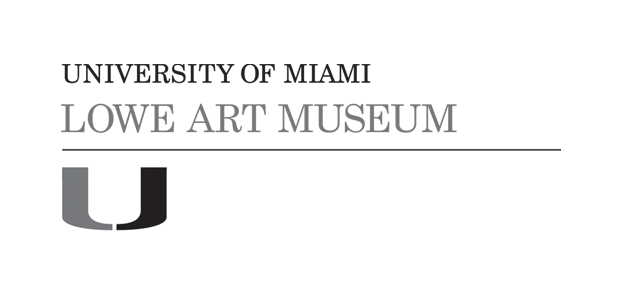Ink Cake
Artist/Maker
Artist Unknown
(Artist Unknown)
Date1900
CultureChinese
Mediumink
DimensionsOverall: 3 1/4 x 1 1/2 x 5/8 in. (8.3 x 3.8 x 1.6 cm)
ClassificationsTools and Equipment
Credit LineGift of Brian A. Dursum
Terms
Object number2009.29.1.1
On View
Not on viewCollections
Chinese ink was made of glue obtained by boiling animal bones and hides and mixing this with soot obtained by burning wood or leaves. Pine soot was considered the best, and consequently, the most expensive admixture. These two basic components were mixed with others; each recipe being a closely guarded family secret. The final mixture was then pressed into molds with different decorative motifs. As in all the arts related to literati activities, there were a number of celebrated ink makers, whose work was the more appreciated and hence more sought after.
Although produced in great quantities, it unusual to find a full set of unused ink cakes from the pre-Republican era. Like all the objects used in the scholar’s studio, the selection of ink cakes was very personal. The wealthiest literati could patronize the most famous ink cake artists, many of who are recorded. These nine cakes are decorated with famous landscapes on one side and poetic descriptions on the other.
early 18th century













